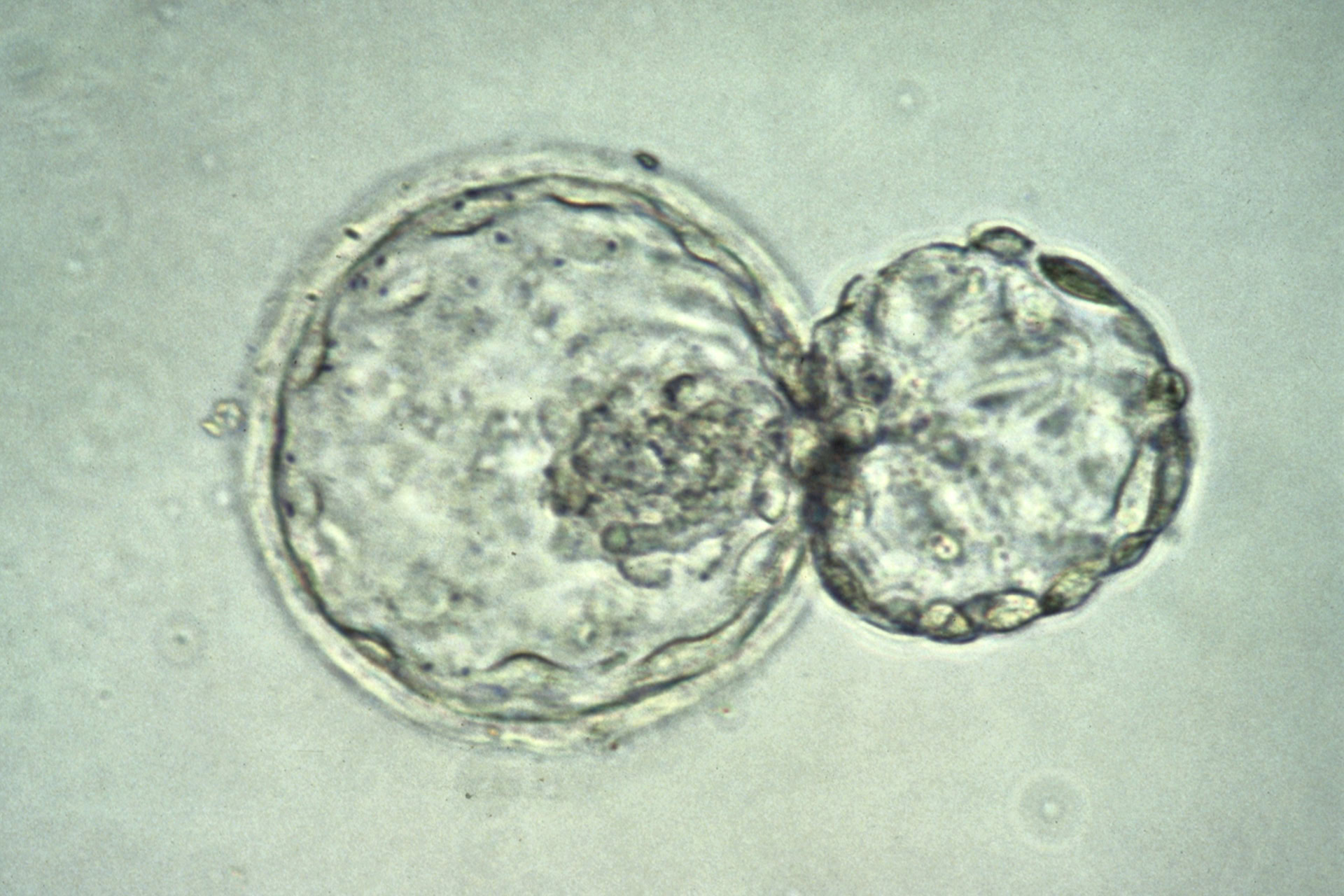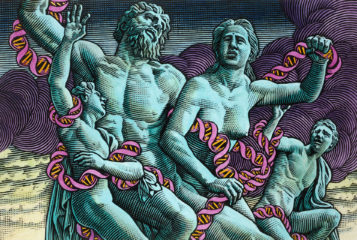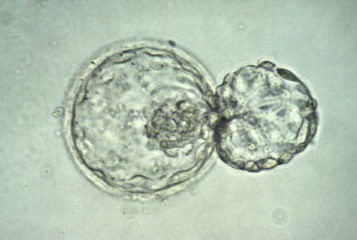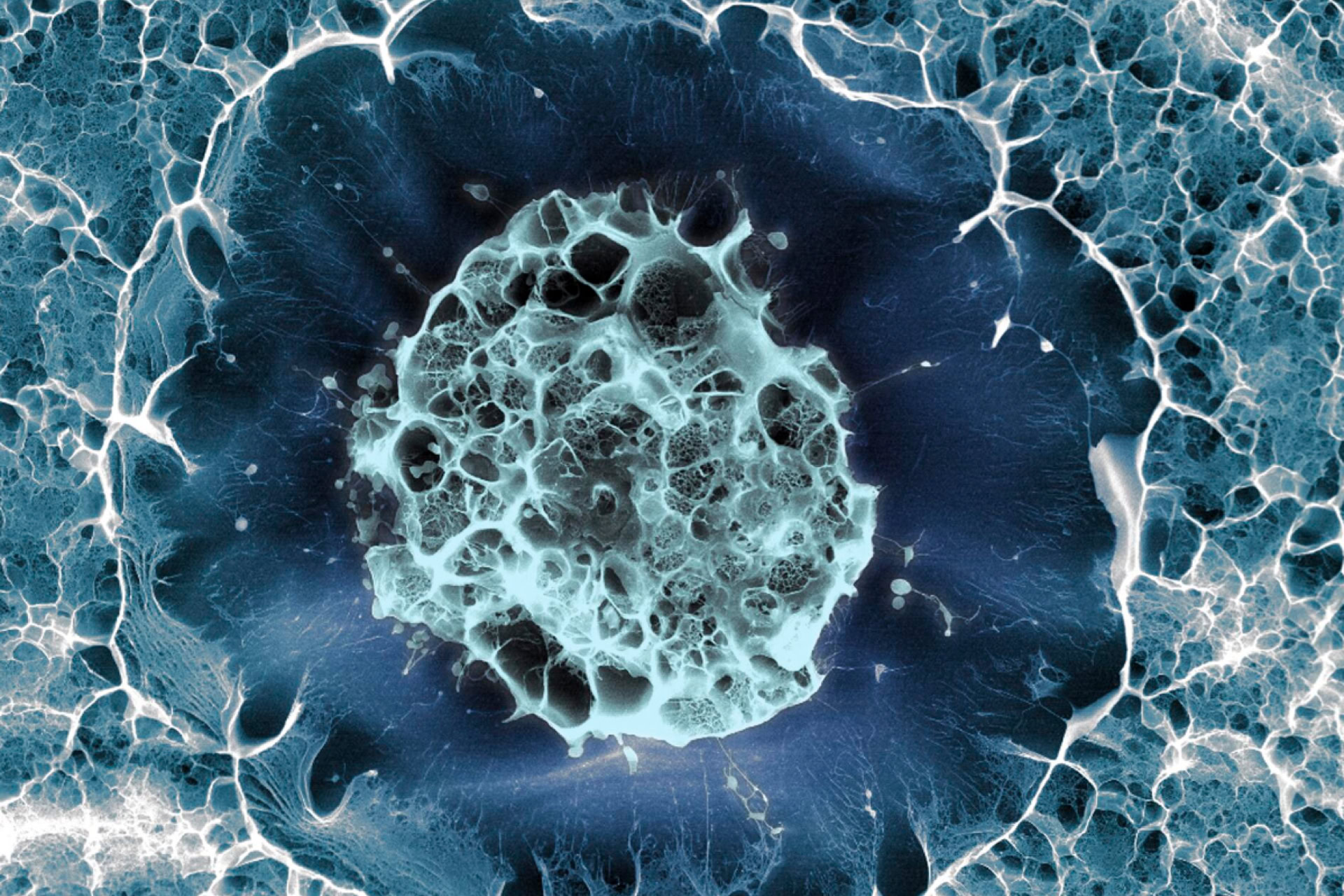Scientists have used a cloning technique to successfully create human embryonic stem cells from adult cells for the first time.
The technique has worked previously using cells from babies, but it was thought that the natural mutations that occur as they age would mean that it could not be achieved using adult cells. But the researchers had success using skin cells from a 35-year-old man and a 75-year-old man.
The research team removed the nucleus from an egg cell and replaced it with the nucleus of an adult skin cell in a process called somatic cell nuclear transfer (SCNT). SCNT is the process that was used to create Dolly the sheep in 1996.
After shocking the cells with electricity, they began dividing until they formed a ball of a few hundred cells — a blastocyst — which has the potential to be grown into a number of different tissue types. These tissues could one day be used to treat a range of disorders including Parkinson's disease, heart disease and even spinal cord injuries.
'Therapeutic cloning has long been envisioned as a means for generating patient-specific stem cells that could be used to treat a range of age-related diseases', said Dr Robert Lanza, a co-author of the study, from Advanced Cell Technology in Massachusetts, USA.
'However, despite cloning success in animals, the derivation of stem cells from cloned human embryos has proven elusive. Only one group has ever succeeded, and their lines were generated using fetal and infant cells', he added.
Professor Shoukhrat Mitalipov, from Oregon Health and Science University, who developed the technique, said: 'The advance here is showing that (nuclear transfer) looks like it will work with people of all ages. I'm happy to hear that our experiment was verified and shown to be genuine'.
There are ethical concerns regarding the team's discovery, however. While the blastocysts created by the current research would never give rise to a human embryo, the findings raise the prospect of using a similar technique to create a cloned embryo. Dr Lanza recognises the risk of attempting to do this, remarking that it would be 'unsafe and grossly unethical' to NBC News.
Meanwhile, one of Dr Lanza's colleagues, Dong-ryul Lee, from CHA University in South Korea, has found that only relatively few human stem cell lines are needed to be able to treat numerous people without fear of immunorejection.
Lee and his colleagues discovered that 28 types of human embryonic stem cells developed in South Korea can be transplanted into up to a quarter of Koreans without being rejected by the body. This means theoretically that just 100 to 160 stem cell lines would need to be generated in order to treat the whole of the South Korean population, they suggest.
The research was published in Cell Stem Cell.






Leave a Reply
You must be logged in to post a comment.